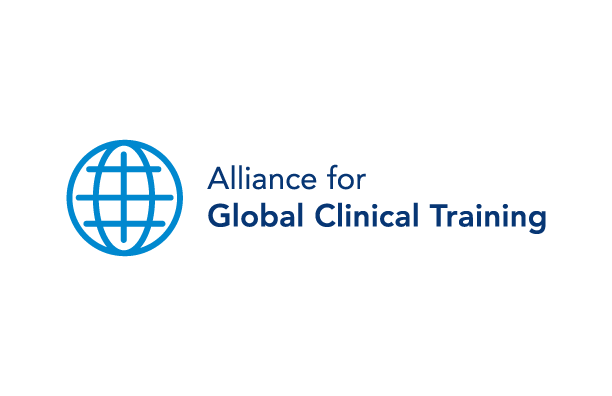This trip was scheduled as the follow-up training session for the two Tanzanian surgeons who started the program in November, 2023. Starting in Dar at Amana Regional Hospital, we transposed the two brachiobasilic fistulae that were created in November. We made a mid-tunnel counter incision and did old-fashioned tunneling with a Paen clamp that worked out great! The following day, I took the ferry with our Amana surgeon to Zanzibar and Mnazi Mmoja Hospital, where we joined our second November cohort member. One additional MUHAS surgeon who had not previously completed proctoring also joined us at Mnazi Moja. A total of 20 renal failure patients were screened for surgery, including two who had not yet started dialysis. Over the next five days, we did 15 cases with the Tanzanian surgeons operating essentially independently after the first four cases. We also placed two tunneled dialysis catheters (one with and one without fluoroscopy) and removed two tunneled catheters. The C-arm was an orthopedic unit - very restricted field of view but functional. Many of the cases involved fairly small veins and/or arteries (and likely would have been dismissed in favor of using a prosthetic graft in US), but all fistulae created were patent on exiting the OR. By the end of our week, the Zanzibari surgeon had scheduled an access case to do herself the following week, and the two Dar Es Salaam surgeons were planning how to set up an access clinic where patients could be referred.
Ultrasound is a mainstay of preoperative vascular access planning in developed countries, but after scanning dozens of patients now in Tanzania, it seems to be surprisingly unreliable in this particular patient population. Overall, despite patients trending significantly younger than the typical dialysis patient in the US, most arm veins seem to average on the small side. I can only guess that patients are chronically dehydrated. In addition, there are somehow wide fluctuations in vein appearance from day to day. I found that patients might have reasonably sized veins recorded at the start of the week, but by the day of surgery, the veins would be dramatically smaller on ultrasound (or vice versa, where we initially thought the patients were not candidates for arteriovenous fistula, but on reassessment a few days later, their veins measured adequate diameter on ultrasound). I think this just means that, in Tanzania, patients’ should be re-evaluated periodically if initially deemed non-candidates and that even marginal veins may be worth exploring intraoperatively (as we did several times this week) and given a chance to mature.
Introduced to the program this trip were Dr. Daniel Msilanga, a MUHAS nephrologist, and two MUHAS/MNH dialysis nurses (Pius Temba and Maua Nyagawa). These three spent a few days in the dialysis unit, interfacing with the local internist running the unit (but not formally nephrology trained) and the local dialysis nurses. As a group, we also brainstormed on data collection and research projects for the future. It is clear that the patient population and causes of renal disease in Tanzania are very different than in the US, and the reasons for inadequate dialysis are myriad and complex. These discussions resulted in a second discovery for me on this trip, namely that the placement and management of tunneled dialysis catheters can be extremely difficult to arrange in Tanzania, and this is clearly another opportunity for our program to fill a void in Tanzanian healthcare delivery without extra expense. As is the case with arteriovenous fistula surgery, patients must be referred to MUHAS or a private hospital for tunneled catheter, and hence the vast majority of dialysis in Tanzania is done via temporary catheters. Even removal of tunneled catheters, a quick, easy office procedure in the US, requires referral. One of the two patients who was seen this week for tunneled catheter removal had a functioning arteriovenous fistula (placed by a cardiothoracic surgeon a year ago) and had not used his catheter in six months, while the second patient had had renal function recovery and had not received dialysis in three months.
The weather in Zanzibar was quite humid and hot. We had occasion to walk a bit around Stone Town and through Forodhani Park. We enjoyed wonderful grilled meat skewers, seafood, burgers, pizza and gelato. However, some of the best food we had during the week was the home-cooked tea/juice, snacks and lunches made for us by the mother of our Zanzibar surgeon host! The last two days we had impressive thunder storms and lightning, which helped reduce humidity for a few hours. It was perhaps lucky that we were not working in Dar, as I saw videos of severe road flooding there. Overall, it was another incredibly productive and successful week. All team members are highly motivated to keep our progress going, with great proof of concept so far in both the operating room and the dialysis unit.
